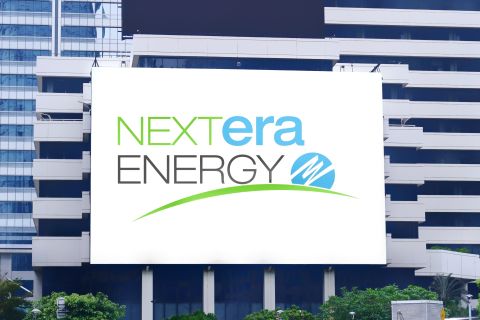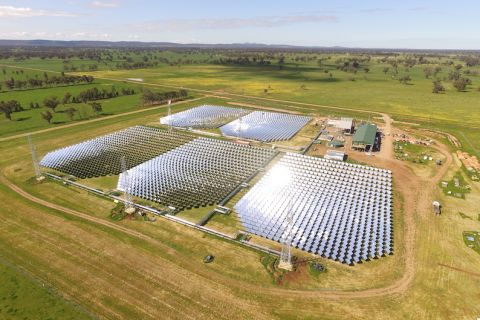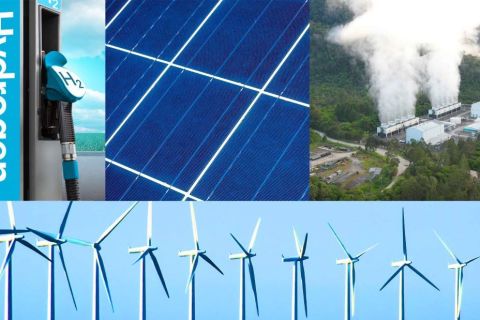Governments need to step up investment in hydrogen production and storage chains to help cut net emissions to zero, the International Energy Agency (IEA) said on Oct. 4.
States and private investors had so far only come up with about a quarter of the $1,200 billion needed by 2030 to develop and deploy hydrogen and make it part of global net zero strategies, the Paris-based organization said.
Efforts should be directed on getting hydrogen into more sectors and developing technologies to make it cheaper to produce with renewables, its report added.
Hydrogen is light, storable and energy-dense, and produces no direct emissions of pollutants or greenhouse gases when used as a fuel. But the cost of production, and worries over how it is produced, have been a barrier to expanded use.
Hydrogen produced with renewable supplies can cost between two to seven times as much as producing it from natural gas without carbon capture, the report said. New technologies and economies of scale could help close the gap, it added.
“Almost all hydrogen produced today comes from fossil fuels without carbon capture, resulting in close to 900 million tonnes of CO₂ emissions, equivalent to the combined CO₂ emissions of the United Kingdom and Indonesia,” the IEA said.
Global capacity of electrolysers, which produce hydrogen from water using electricity, doubled over the past five years, and nearly 400 projects are under development or in early stages of development, the report said.
These projects should put hydrogen supply at 8 million tonnes per year by 2030, up from the less than 50,000 tonnes in 2021. But that was still a tenth of what was needed by 2030 to reach net-zero emissions by 2050, they said.
Nearly all hydrogen consumption was in the refining and industrial sectors in 2020, the report said. But it could also play a major role in chemicals, steel, transport and aviation—all sectors where emission reduction is currently a challenge.
Government policies currently focus on production but need to incorporate consumption in new sectors to foster the construction of the necessary storage, transmission and charging facilities, the report said.
Currently, 17 governments have hydrogen strategies, and more than 20 others have announced they are developing plans, up from three countries in 2019, the agency said.
Recommended Reading
NextEra Energy Dials Up Solar as Power Demand Grows
2024-04-23 - NextEra’s renewable energy arm added about 2,765 megawatts to its backlog in first-quarter 2024, marking its second-best quarter for renewables — and the best for solar and storage origination.
Could Concentrated Solar Power Be an Energy Storage Gamechanger?
2024-03-27 - Vast Energy CEO Craig Wood shares insight on concentrated solar power and its role in energy storage and green fuels.
Energy Transition in Motion (Week of March 1, 2024)
2024-03-01 - Here is a look at some of this week’s renewable energy news, including Chevron’s plans for a solar-to-hydrogen facility in California.
CERAWeek: NextEra CEO: Growing Power Demand Opportunity for Renewables
2024-03-19 - Natural gas still has a role to play, according to NextEra Energy CEO John Ketchum.
Energy Transition in Motion (Week of March 8, 2024)
2024-03-08 - Here is a look at some of this week’s renewable energy news, including a record-setting 2023 for U.S. solar.




